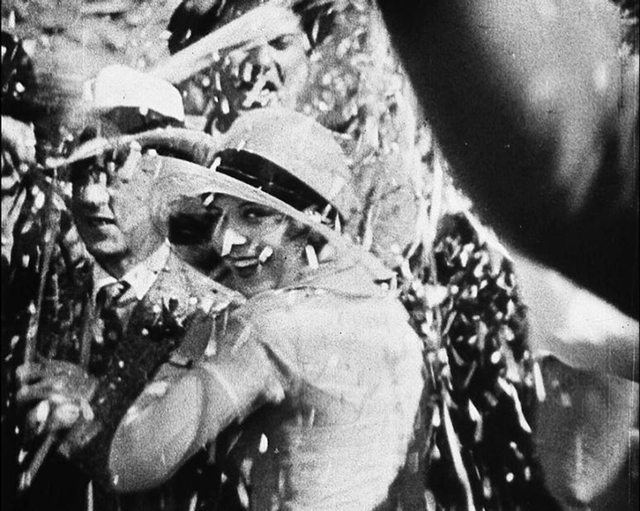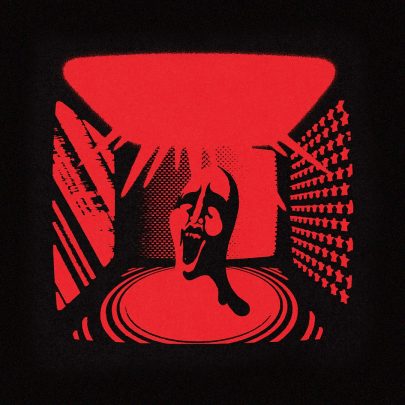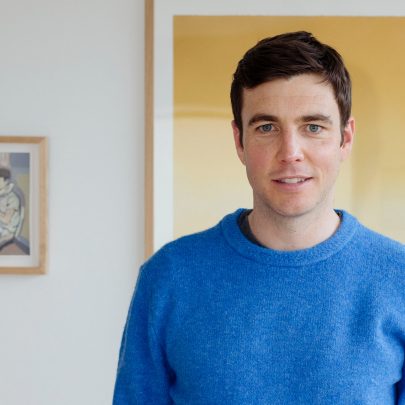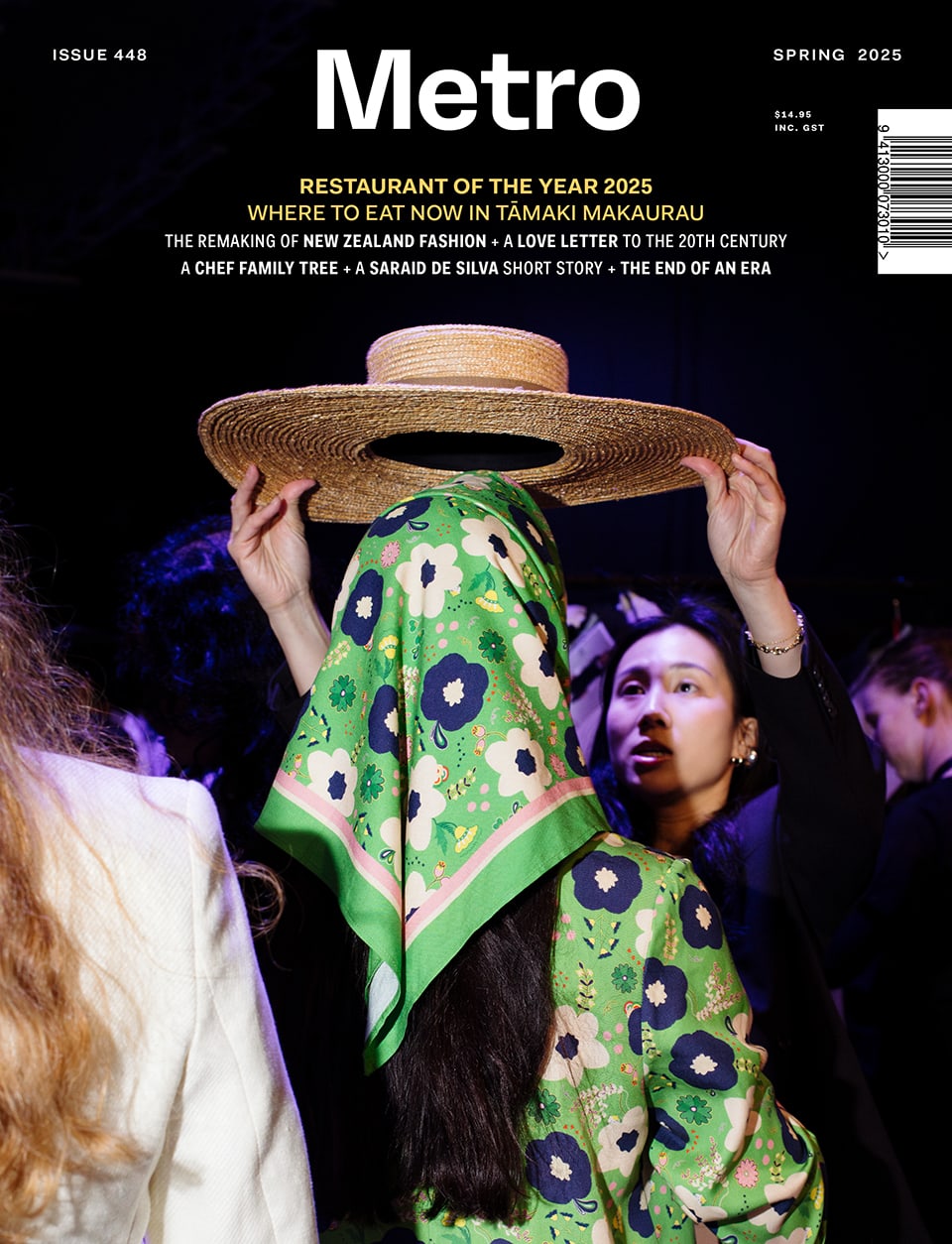Jul 11, 2015 Film & TV
This story by James Milne first appeared in the June 2015 issue of Metro. Photograph by Josh Griggs.
I’ve always been more of a score buff than a film buff. I’ve listened to Ennio Morricone’s Fistful of Dollars score many times without having seen the film. The same goes for Nino Rota’s Il Casanova di Federico Fellini, Goblin’s Suspiria and numerous 60s and 70s soundtracks by Serge Gainsbourg from films such as Manon 70 and Cannabis. Some of these films are probably masterpieces, some are probably terrible. But the scores can exist in total isolation because they evoke vivid images themselves, commissioned as they are specifically to enhance sensations of tension, fear, violence, bliss, eroticism. They are free to manipulate our emotions without having to bend their musical form into something that might fit into our expectations of a popular song.
While these scores are magnificent on their own, it is when they coincide with magnificent images, as intended, that the real magic occurs. One of my favourite audio-visual collisions in cinema is in Sergio Leone’s Once Upon a Time in the West. Charles Bronson plays the harmonica and his theme must surely be the greatest entrance music for a character in cinema history. Ennio Morricone’s “L’uomo dell’armonica” is an overblown and exhilarating piece of music that tingles the spine and gooses the flesh. It “manipulates” — a word I keep feeling compelled to use here — because it feels as if you are being compelled physically, manually, to experience an emotion. Your body changes, tears well up totally unexpectedly in your eyes, you are shocked and out of control.

Recently, the New Zealand International Film Festival screened Stanley Kubrick’s 2001: A Space Odyssey at the Civic. That film, with a soundtrack of already composed (non-commissioned) music, contains some of the most extraordinarily moving coincidences of sound and vision since pre-humans found the monolith and started bashing it with bones. The dance of the space station scored by Johann Strauss’s Blue Danube is perhaps the most emblematic of these, but for me, the Star Gate sequence’s infinite horror, soundtracked by György Ligeti’s Atmosphères, is the ultimate. It is deeply chilling, unabashedly psychedelic, and the effect of both music and images is enhanced exponentially by the presence of the other. It’s a Piece Of Art, but it’s more visceral than art can ever be; it approximates nothing less than an experience of awestruck religious rapture or the moment of death.
As I approach the task of composing up to 69 minutes of original music for Lonesome — a forgotten gem made in 1928 and unearthed in the 80s — I’ve got seemingly endless possibilities of how it may all sound. The history of film music is hovering over me, as indeed is the history of all music that wasn’t composed for films but may sound good in a film. That’s quite a lot of music. So, for sanity’s sake, I have to focus the process, impose limitations. Working with the jazz ensemble Carnivorous Plant Society is one such ingredient, limiting the available instruments that can fit into the arrangements to a mere nine or 10!
My feeling, as I begin to dip tentative toes into the freezing pool of the unknown, is that the true key to unlocking this task and avoiding the deep madness of infinite possibility is to remain a servant to the images. If we can audit the effects of what we’re all doing in concert with those images, we might allow ourselves the greatest chance of creating some of those divine collisions that all film composers and arrangers must seek. What I really mustn’t do is focus on the end point: the inevitable triumph at the Civic, the many ovations, the lionising, the profile on TVNZ’s Sunday programme, the soundtrack appearance on Air New Zealand’s new safety video. No, that won’t help this process one little bit.
The Civic Theatre, July 26, nziff.co.nz





